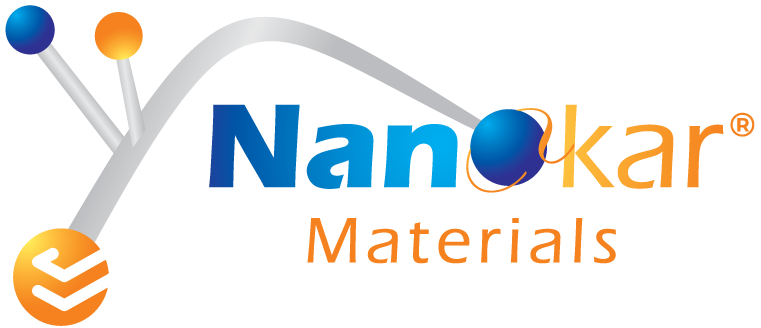What is Diamond (C) Nanopowder/Nanoparticles?
Diamond (C) nanopowder, also known as diamond nanoparticles, consists of ultrafine particles of diamond crystalline carbon. These nanoparticles exhibit exceptional properties such as extreme hardness, high thermal conductivity, chemical inertness, and optical transparency, making them valuable in advanced technology and industrial applications.
Chemical Properties and CAS Number
-
Material: Diamond Carbon (C)
-
CAS Number: 7782-40-3
-
Molecular Weight: 12.01 g/mol
-
Density: 3.52 g/cm³
-
Crystal Structure: Cubic (Diamond structure)
-
Melting Point: ~3550°C (under pressure)
-
Thermal Conductivity: ~2000 W/(m·K)
-
Appearance: White or gray powder, highly dispersible nanoparticles
-
Chemical Stability: Highly resistant to acids, bases, and oxidation
Applications of Diamond (C) Nanopowder/Nanoparticles
-
Polishing & Abrasive Materials: Superior polishing agents for optics, electronics, semiconductors, and gemstones.
-
Thermal Management: Heat sinks, thermal interface materials in electronics, LEDs, and high-power semiconductor devices.
-
Advanced Coatings: Wear-resistant coatings for cutting tools, drill bits, and medical instruments.
-
Biomedical Applications: Drug delivery systems, bio-imaging agents, dental fillings, surgical tools, and biocompatible coatings.
-
Lubrication: Nano-lubricants providing reduced friction, enhanced performance, and extended lifespan in mechanical systems.
-
Electronics & Semiconductors: Enhanced performance in transistors, integrated circuits, and field emission displays.
-
Optics & Photonics: Precision optical components, laser optics, and UV-transparent coatings.
-
Sensors & Detectors: Advanced sensing technologies, chemical sensors, and radiation detectors.
Pricing of Diamond (C) Nanopowder/Nanoparticles
Prices vary significantly based on particle size, purity, surface functionalization, and quantity:
-
Lab-scale (Small Quantity): $100 – $500 per gram
-
Industrial-scale (Bulk Quantity): $20 – $200 per gram
-
Customized/Functionalized Particles: Pricing varies by specification and functionalization process
Factors Influencing Pricing
-
Particle size (5 nm to 100 nm or larger)
-
Purity and crystallinity (>99.9%)
-
Surface treatments or functionalization
-
Production method (CVD, detonation, or high-pressure high-temperature methods)
-
Quantity ordered and packaging type
